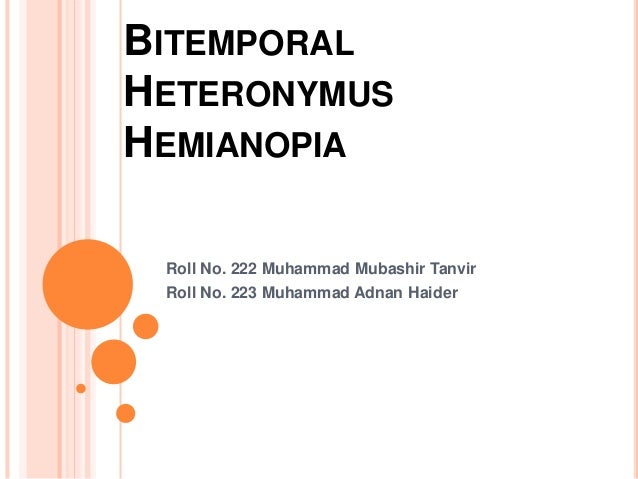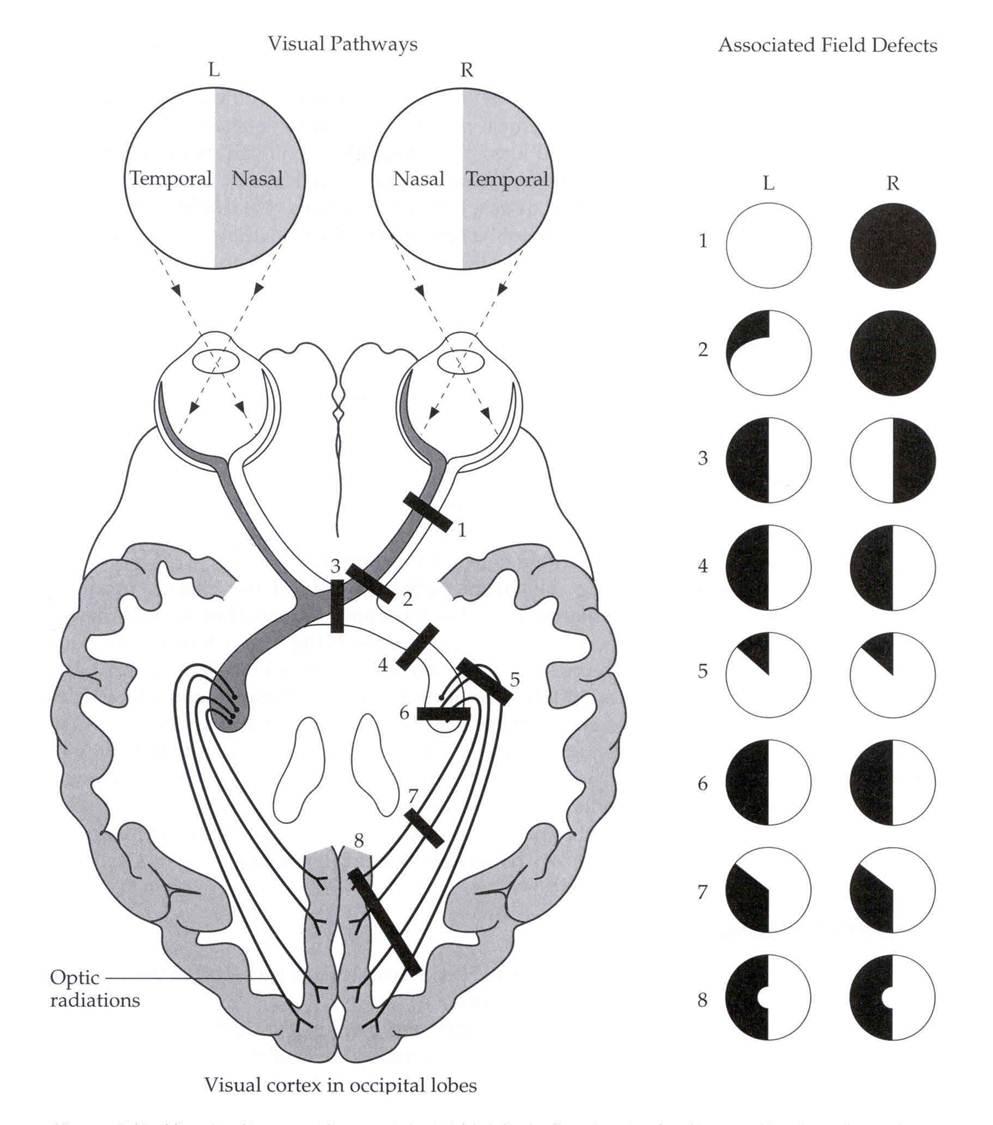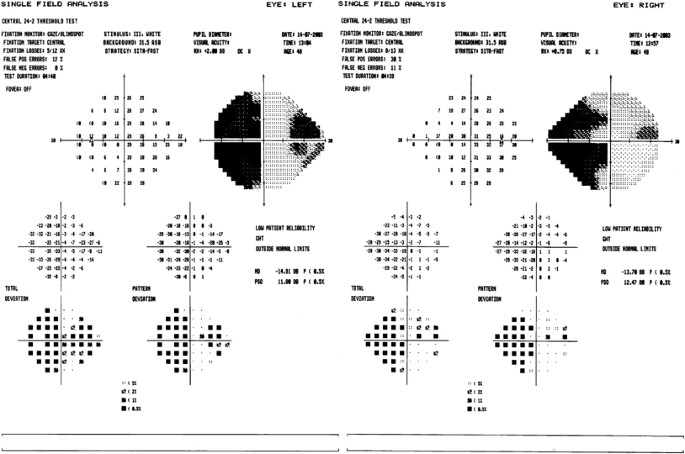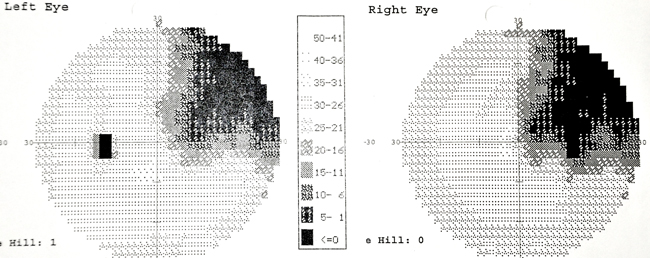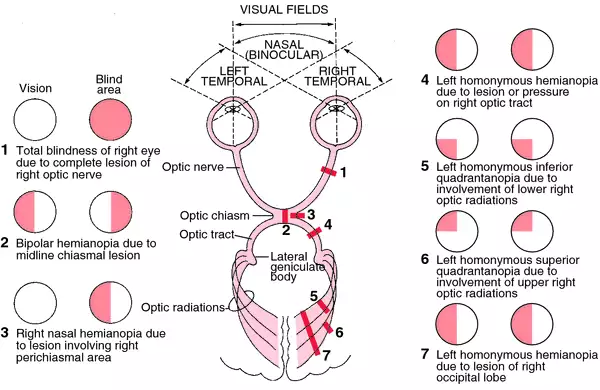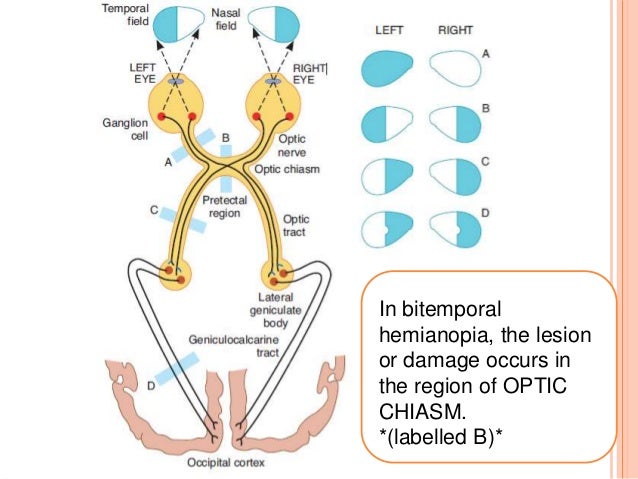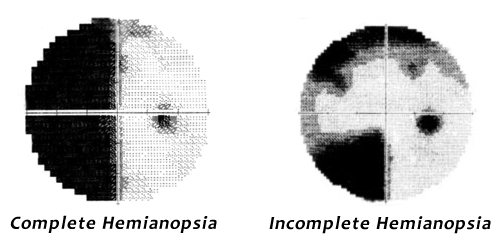Bitemporal Hemianopia And Driving

We first test and eliminate those who are poor candidates.
Bitemporal hemianopia and driving. The peripheral extension of the visual field is not the key to the problem to imagine how a patient with typical bitemporal hemianopia will visualise daily life and traffic. 3 therefore bitemporal hemianopia though named for the visual field loss may represent only modest peripheral visual field loss as measured in conventional binocular perimetry e g. Hemianopia and driving you must tell dvla if you have hemianopia which is also called hemianopsia. The most common cause reported yet for bitemporal hemianopsia is trauma.
Although a bitemporal hemianopsia is classic the actual pattern of field loss depends on the chiasm s position and the exact location of the culprit lesion fig. A field that is considered large enough to function normally fig. The trauma at mid optic nerve. You can be fined up to 1 000 if you don t tell dvla about a medical condition that affects.
Also the compression of optic chiasm causes the disturbance in vision as the impulses can t transfer due to site compression. However in some countries including belgium the netherlands the uk switzerland and canada driving with hemianopia is permitted after passing a specialized road test. In bitemporal hemianopia there is substantially no eligibility for driving a car or motor bicycle in road traffic. Candidates must demonstrate no hemispatial inattention no major physical or cognitive barriers as discussed above.
After all the testing and treatments are completed to help select those who show potential to drive a behind the wheel driving evaluation with a driving rehabilitator experienced with acquired brain injury and hemianopsia is needed. Only a small number of all homonymous hemianopsia patients will be candidates for returning to drive. In about half of the states in the united states and in many other countries driving with hemianopia is prohibited. The temporal crescents are the only part of the binocular visual field that is lost and a central 110 120 of visual field remains.
Temporal field defects respecting the vertical meridian in either or both eyes suggest a chiasmal process.
